Search

Teaching Math and Science in the Kitchen: 24 Ideas
Children can learn valuable skills in the kitchen: measuring ingredients, following a recipes, and much more. Have you ever considered that these skills double as math and science skills?
Multi-Species Grazing as an Alternative to Pasture Spraying
Broadacre spraying of pastures is intended to reduce undesirable plants and increase grasses for livestock. This practice often results in unintended consequences, including damage and reduction of native forbs and reduced profitability. One approach to managing perceived “weedy” plants is incorporating different species of livestock into a grazing operation.

iCook
Curriculum intended for out-of-school settings with the goal of promoting healthy lifestyles for 9- and 10-year-old youth and the adult who prepares their meals
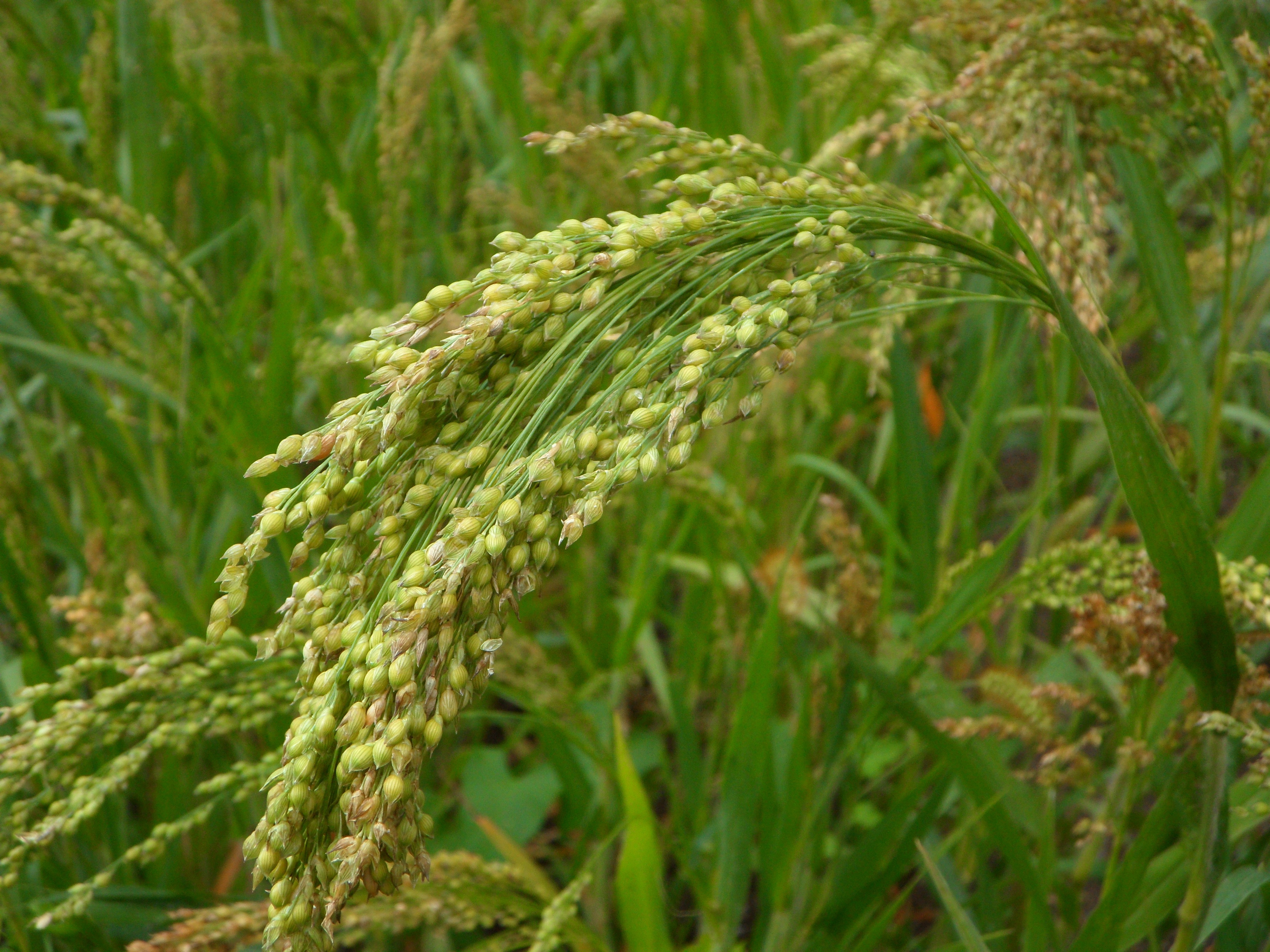
Proso Millet Trial Results
In 2020, proso millet trials were conducted in 1 location in South Dakota.

2020 Plant Disease Summaries for Small Grains
A number of field trials were implemented in the 2020 growing season with the general objective of assessing various disease management practices suitable for South Dakota growers and the Great Plains.
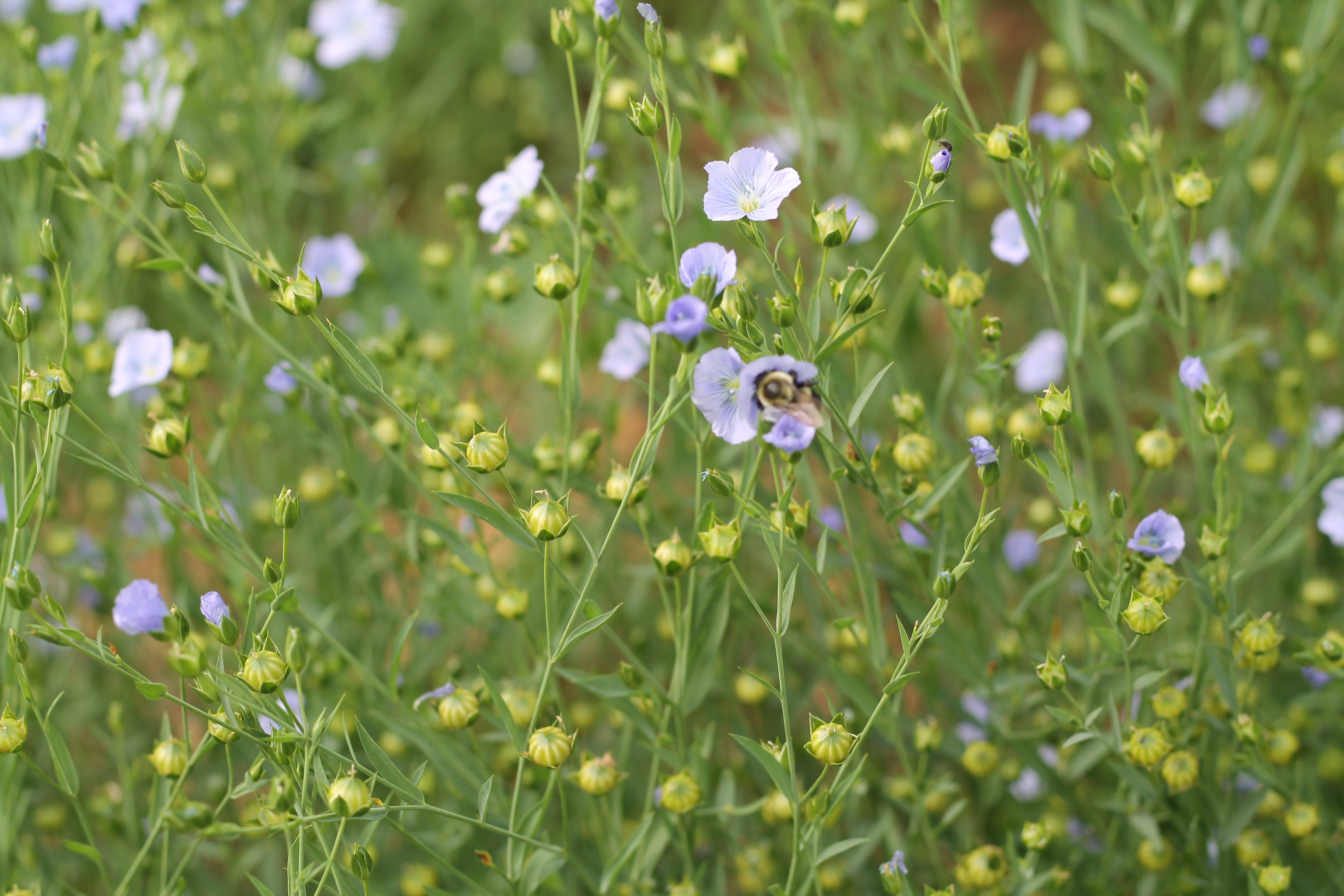
Herbicide Residual Effects on Cover Crops after Wheat
Fact sheet about herbicide residual effect on cover crops after wheat.
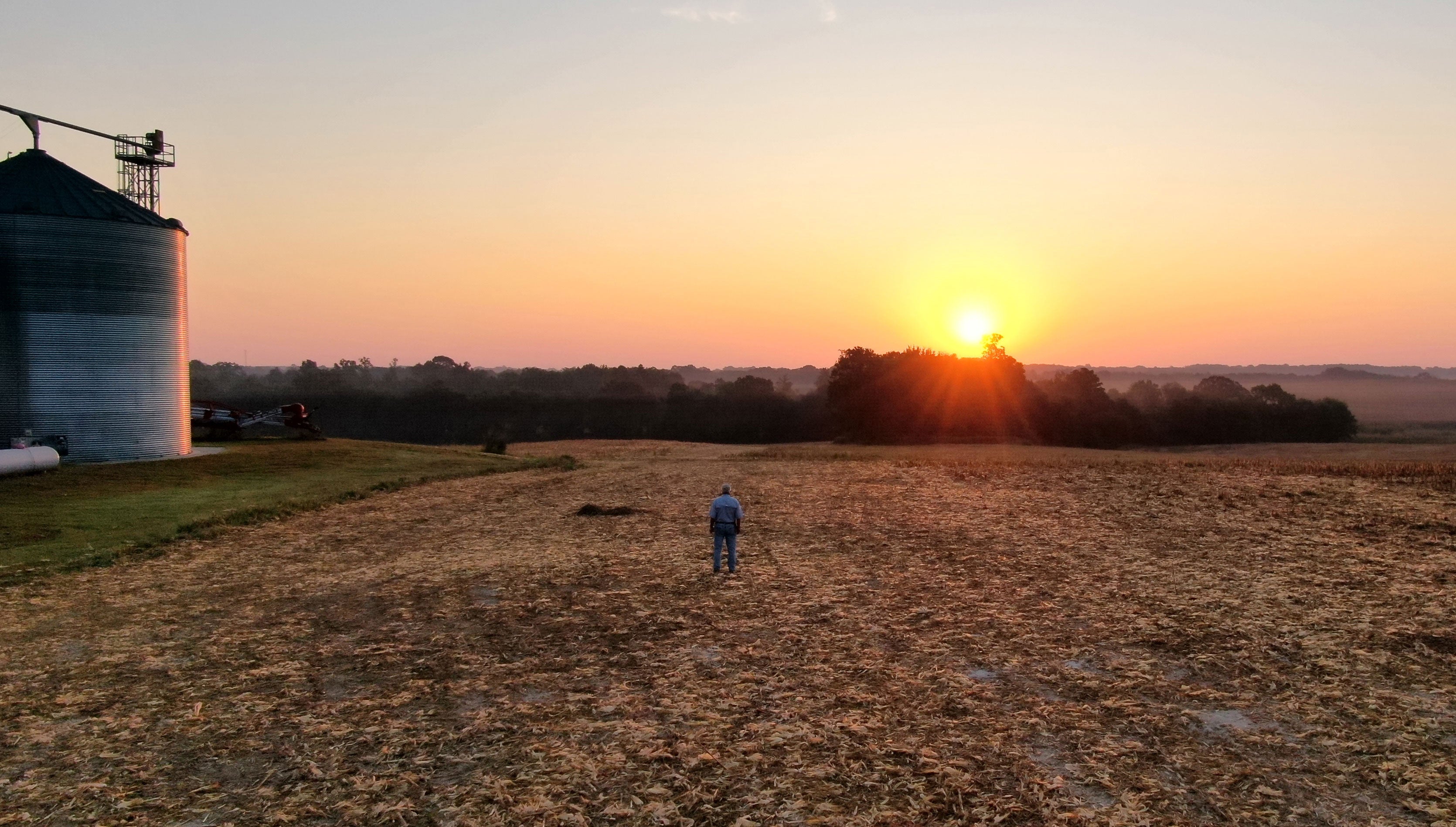
Crop Tolerance to Soil Herbicide Residual
Some herbicides can persist in soil, especially dry soil. Herbicide carryover could be an issue in 2021 across the state depending upon last year’s moisture levels and field conditions.
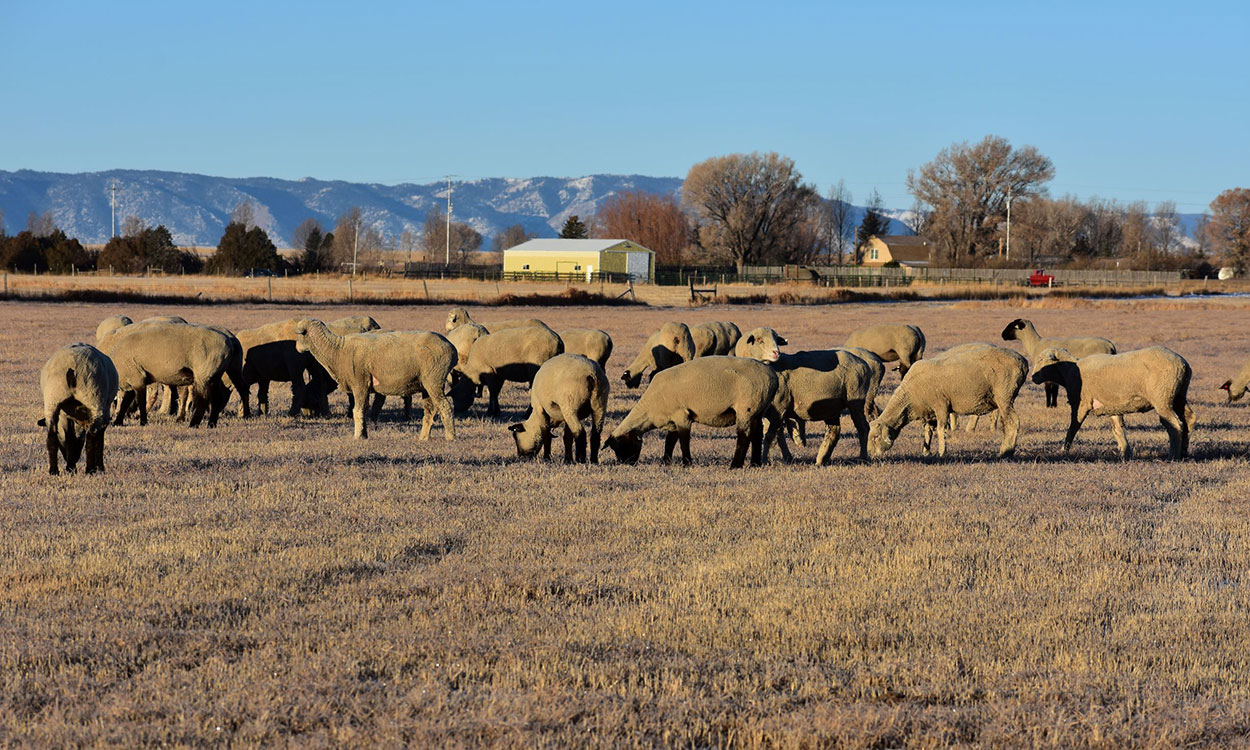
Multispecies Grazing: Benefits of Sheep Integration on Rangelands
Fact sheet about diversifying your operation to benefit your rangeland.
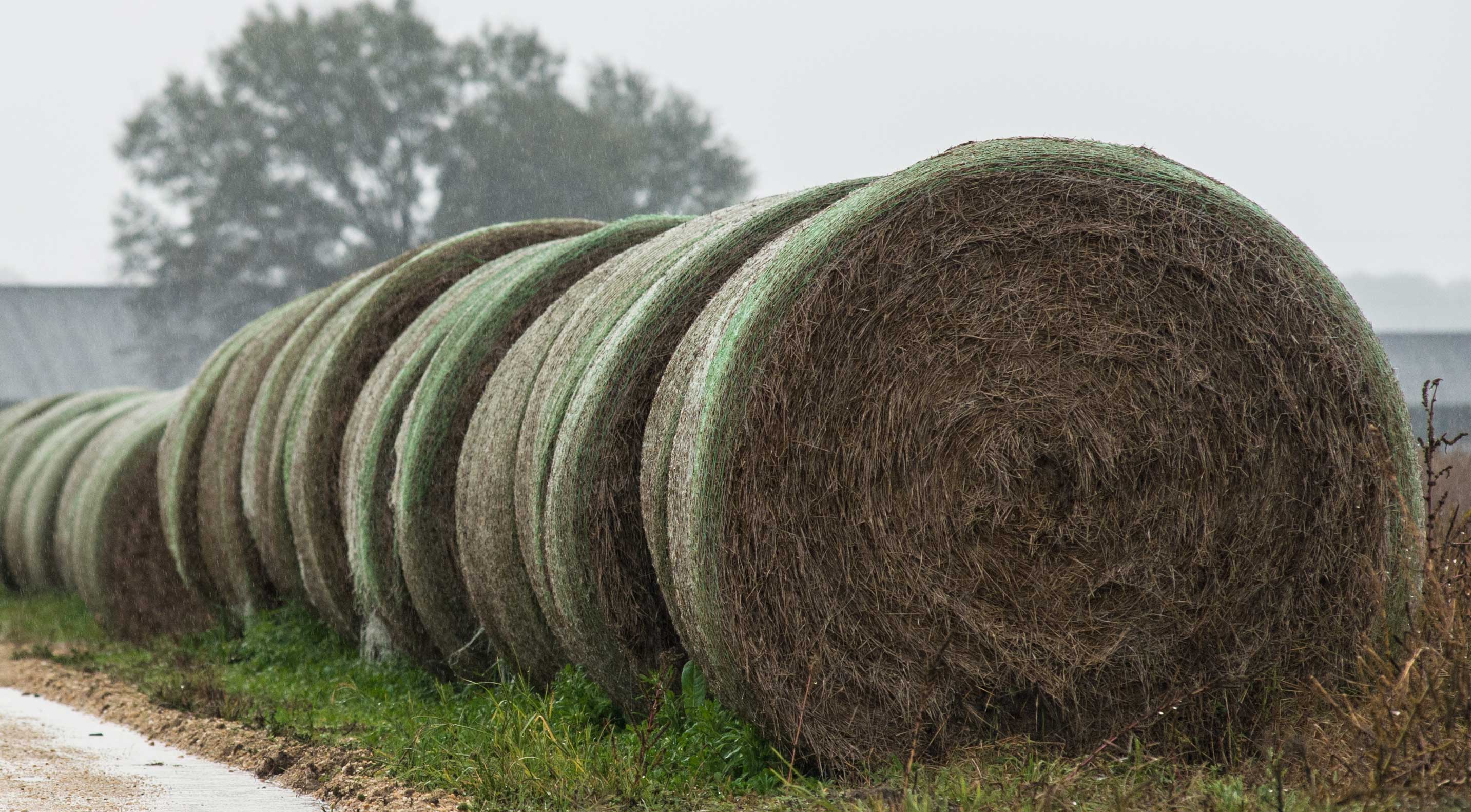
Round Bale Storage Conservation
Fact sheet discussing conservation of round bale storage.
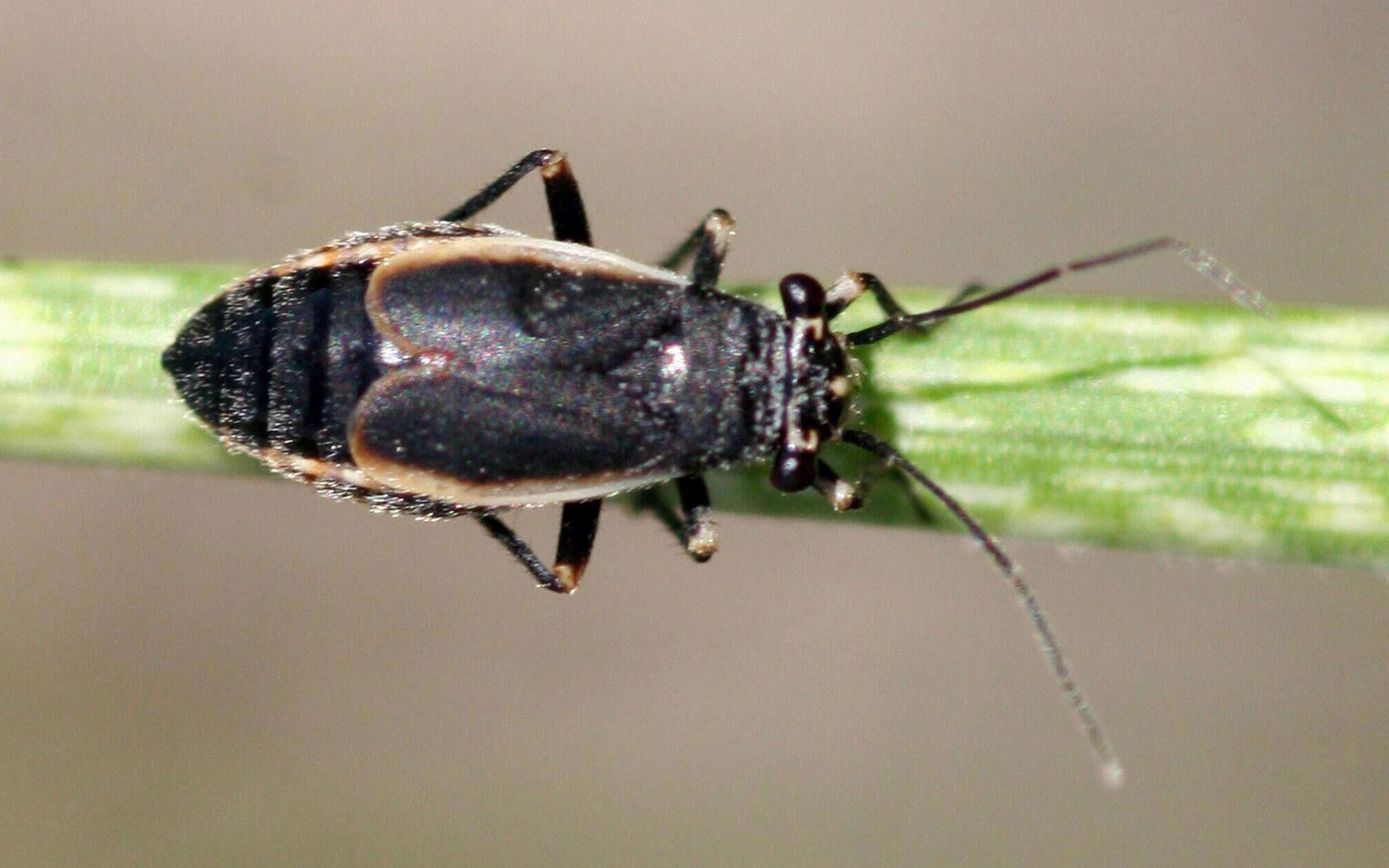
Black Grass Bug Activity Expected in Coming Weeks
Spring green-up is the time to be watching for black grass bug activity. Large populations of this early-season pest can cause severe damage to pasture (up to 90% forage reduction) and infest the edges of wheat fields.